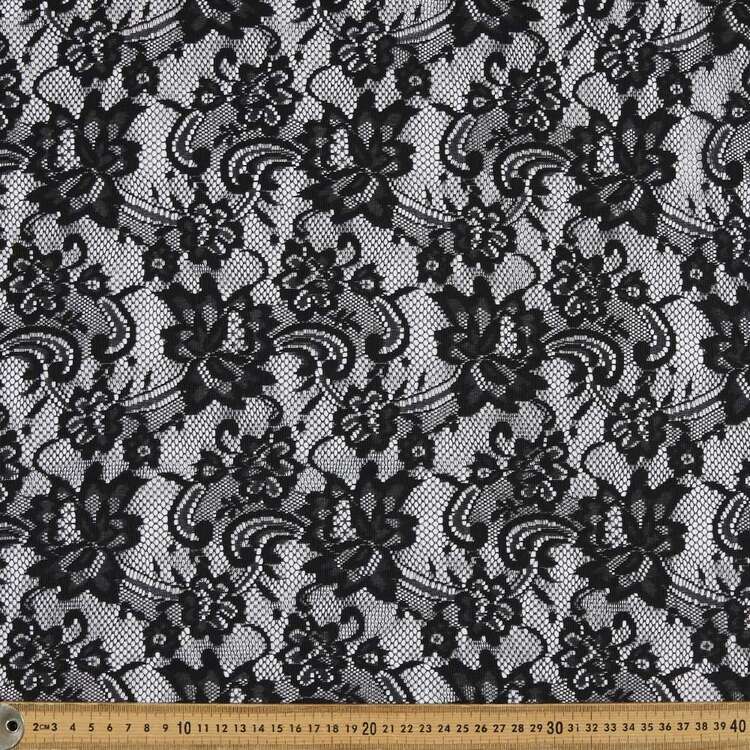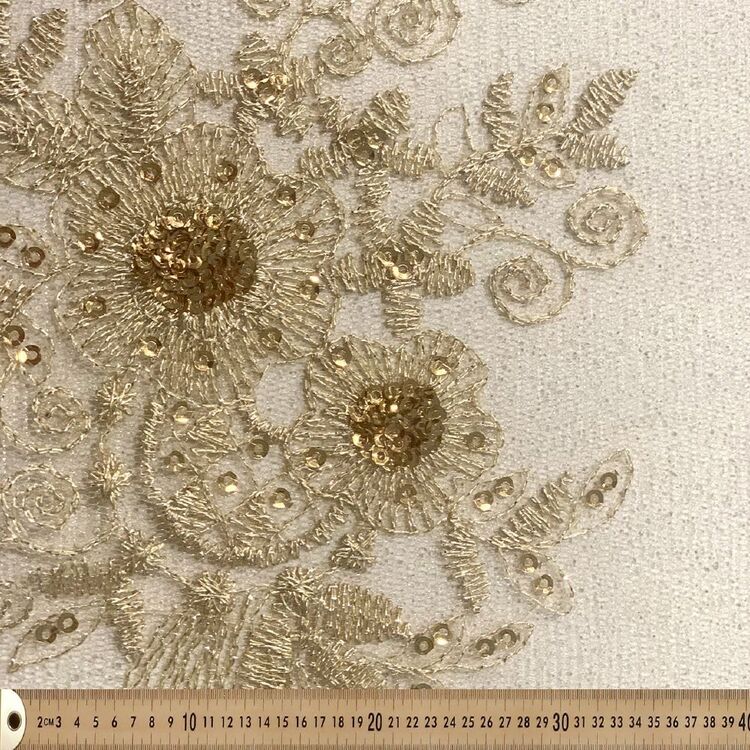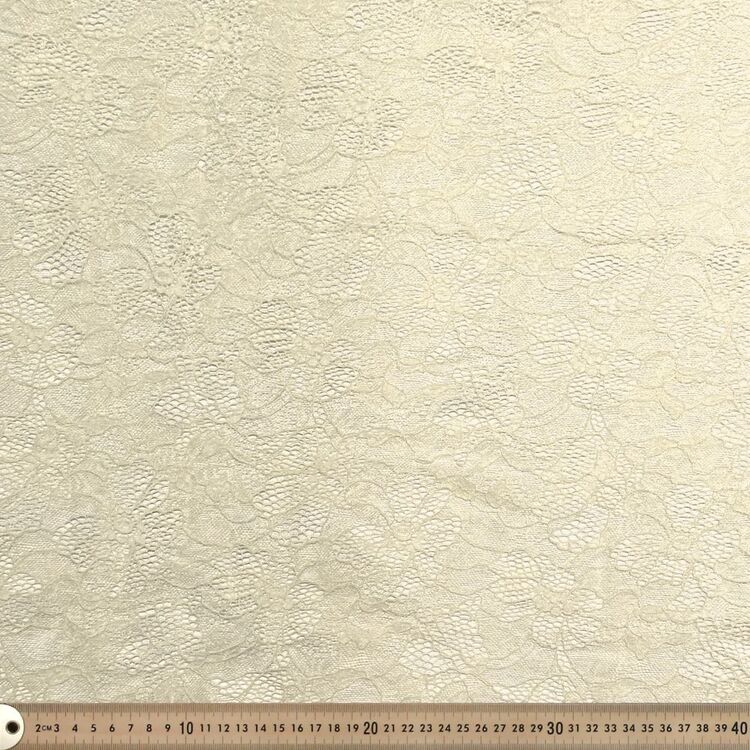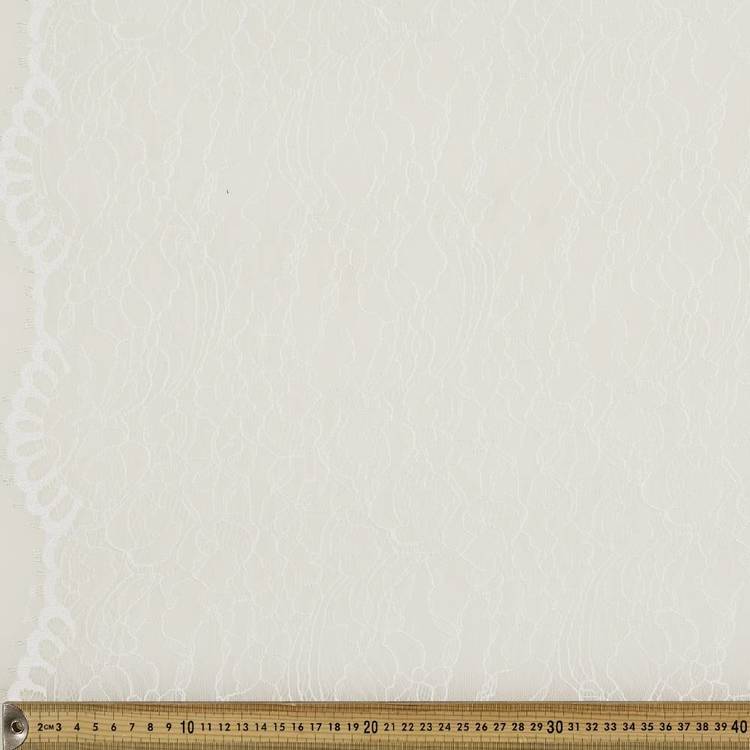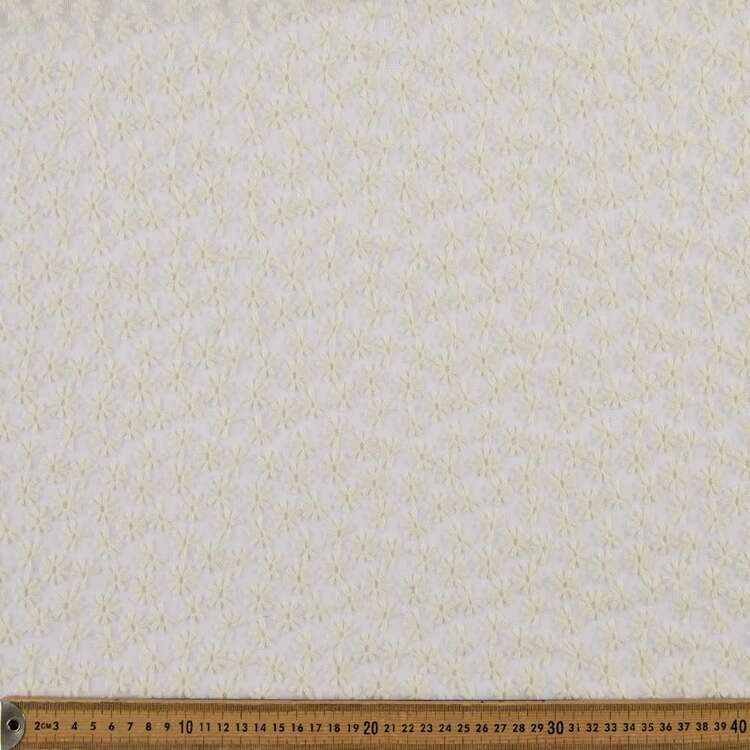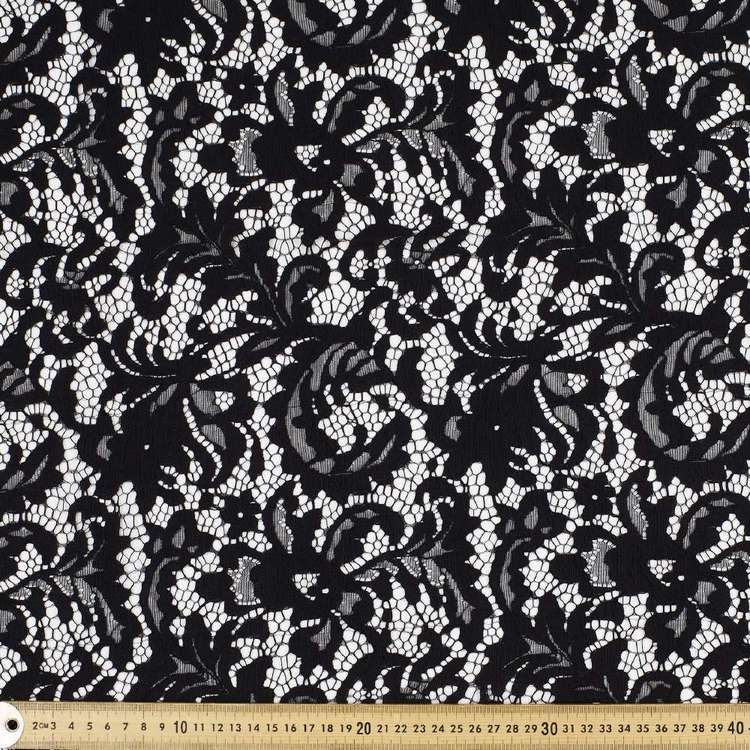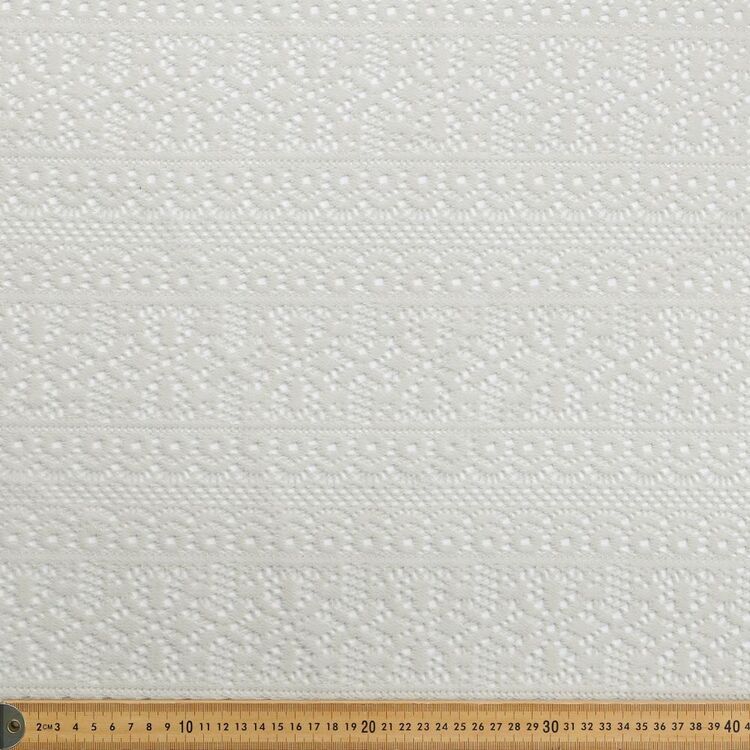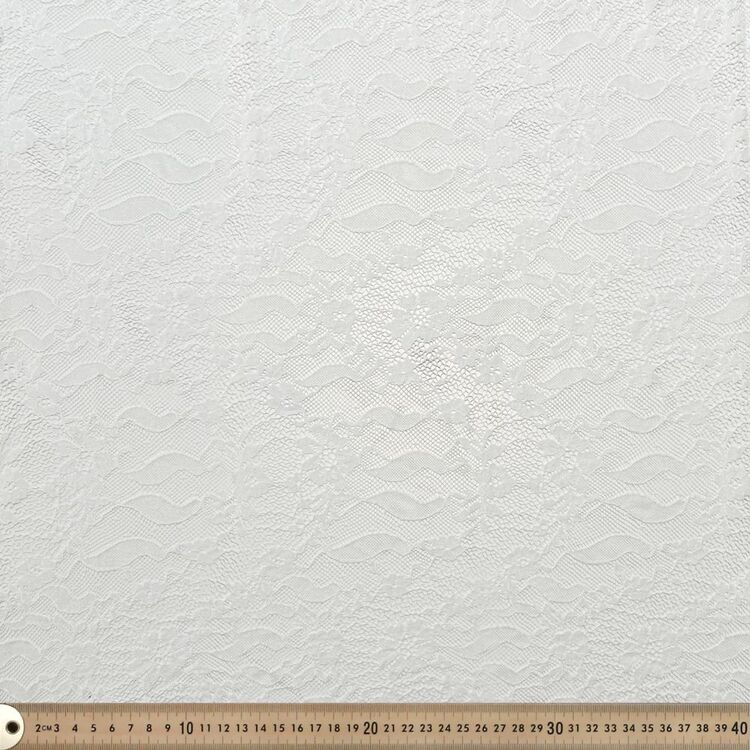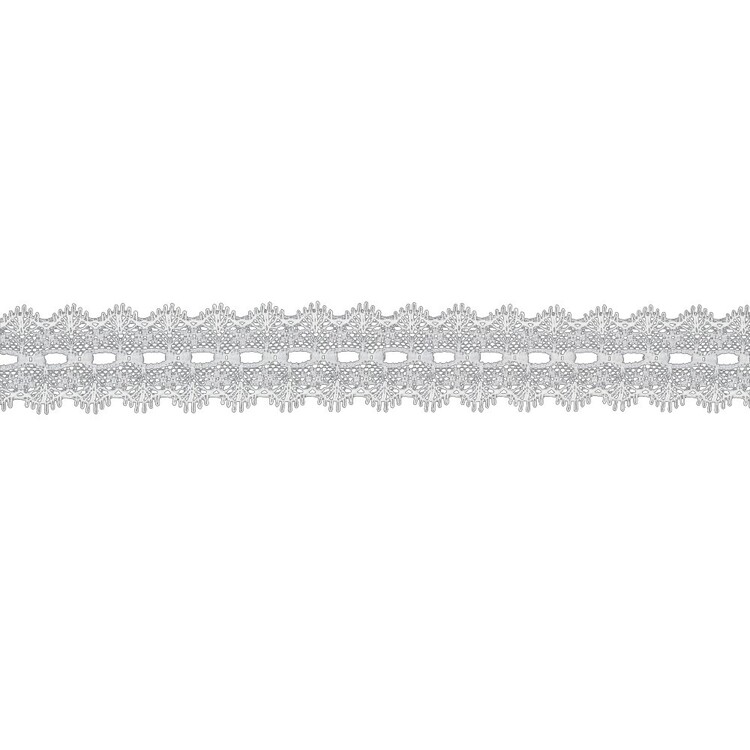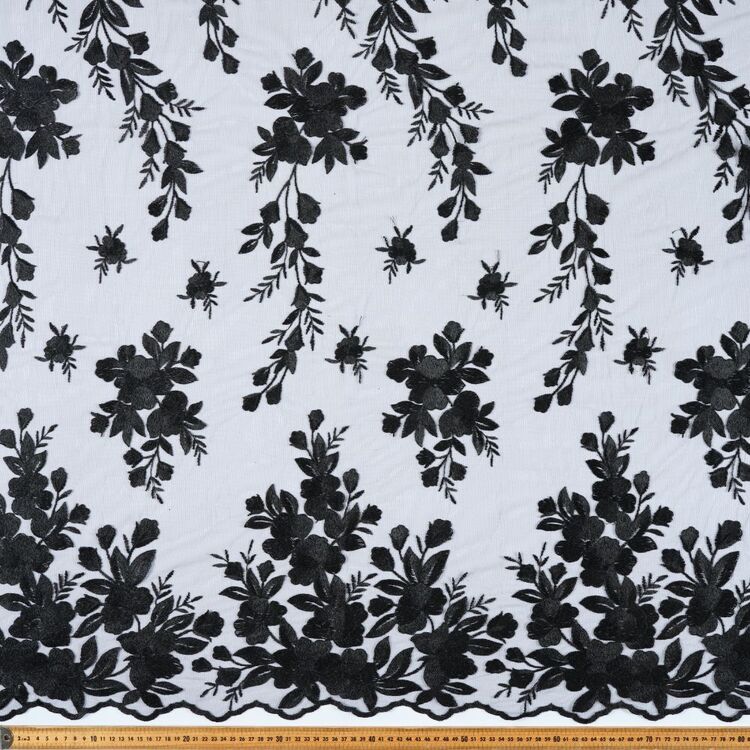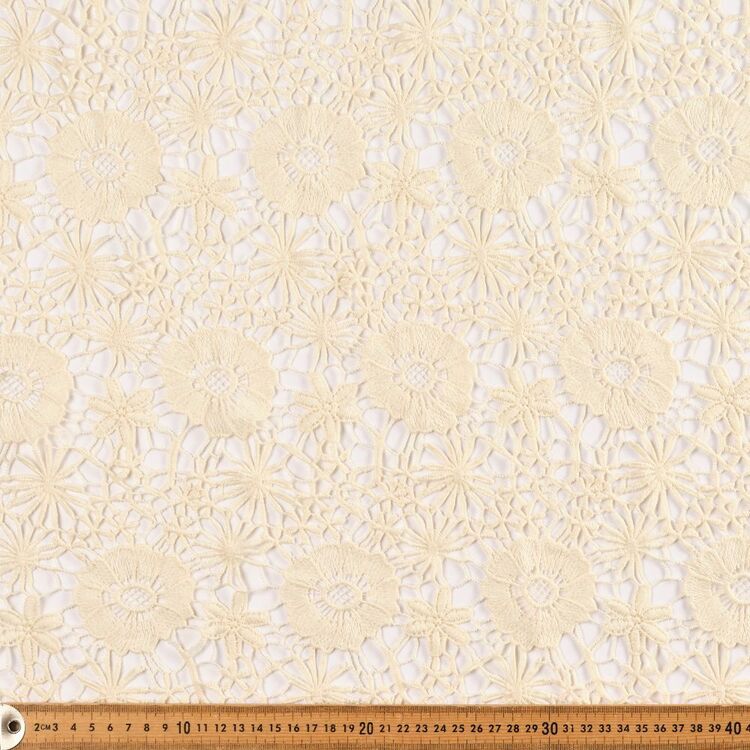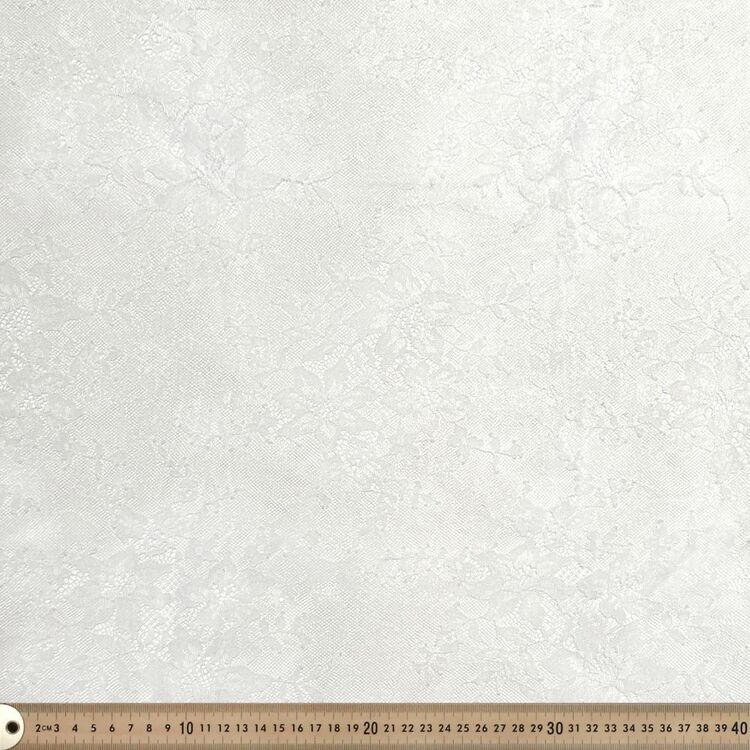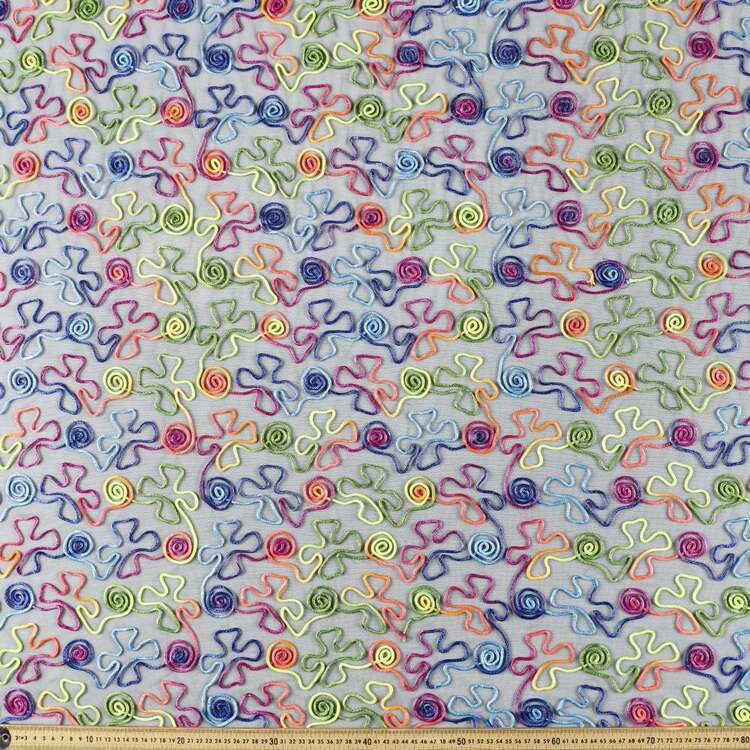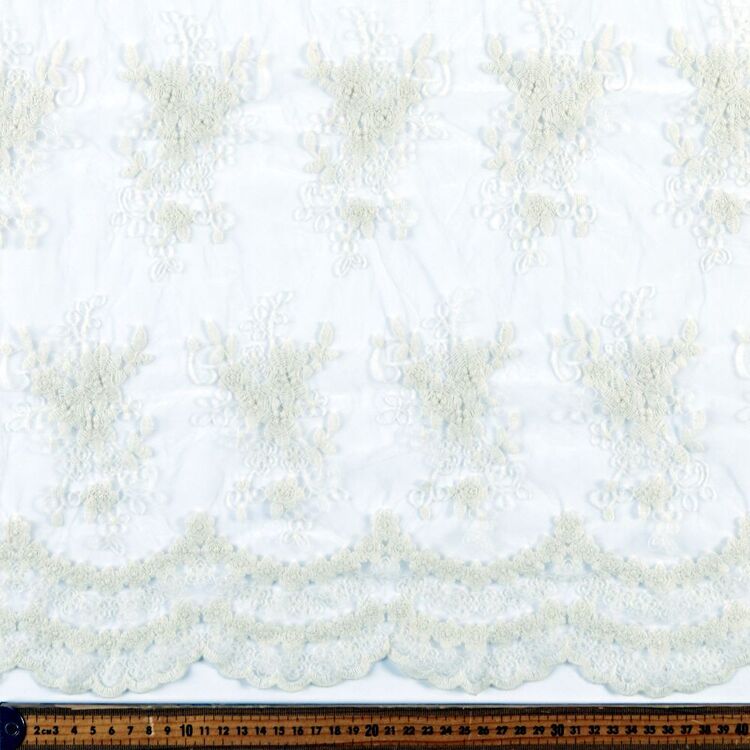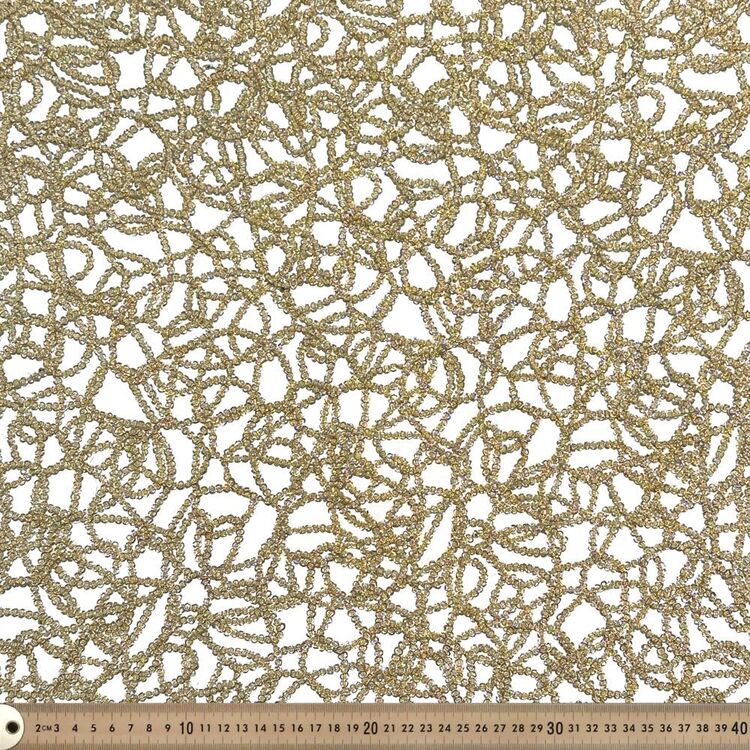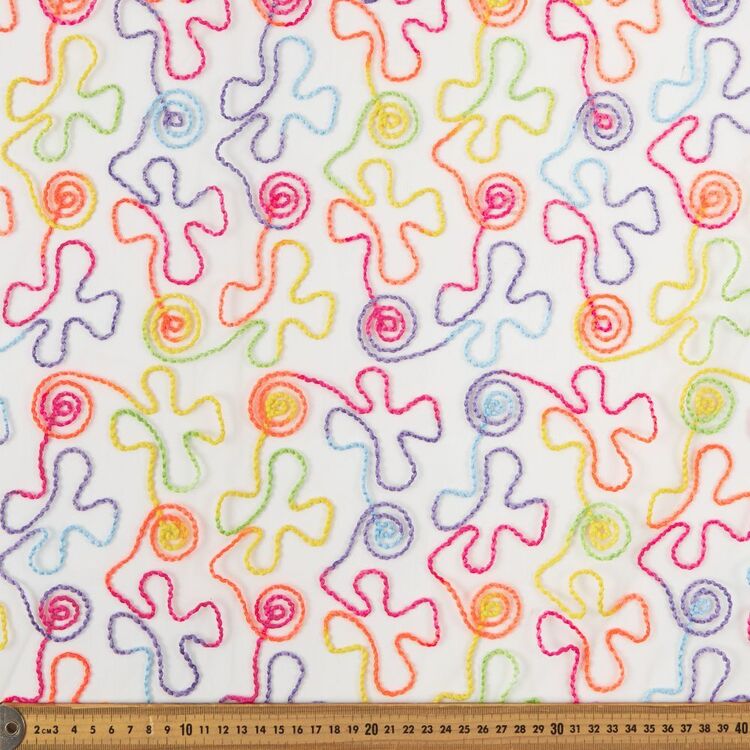 | ||
| Your browser is not supported. | ||
|
Please browse our site using any of the following options:
| ||
Lace Fabrics
Our lace fabric range includes romantic, modern and stretch lace for a variety of uses. Shop Spotlight's lace materials for your next sewing project.
16 items found.
Can I purchase lace fabrics at Spotlight?
Yes, you can. Check out the wonderful collection of lace fabrics here at Spotlight. Our varied collection includes romantic lace, modern lace, and even stretch lace, which can be used to create veils, lace overlay, lace edgings or lace garments. You can choose from a wide variety of colours and patterns including dramatic bold colours as well as the more traditional white and black lace.
What is lace and how is it made?
Lace is a delicate and open fabric that can be made by hand and by machine. It was traditionally made from silk thread, and gold or silver thread were often incorporated in the fabric. These days, many lace fabrics are made from cotton or man-made thread. Here are some styles of lace that are in use today:
Needle lace is made using a needle and thread. This is the most flexible of the lace-making arts. The finest antique needle laces were made from a very fine thread that is not manufactured today.
Cutwork is lace that is constructed by removing threads from a woven background, with the remaining threads wrapped or filled with embroidery.
Bobbin lace is another traditional lace technique where lace is made with bobbins and a pillow. The bobbins, turned from wood, bone, or plastic, hold threads which are woven together and held in place with pins stuck in the pattern on the pillow.
Knotted lace includes macramé - and tatting. Tatted lace is made with a shuttle or a tatting needle.
Crocheted lace includes Irish crochet, pineapple crochet, and filet crochet.
Knitted lace includes Shetland lace, such as the "wedding ring shawl", a lace shawl so fine that it can be pulled through a wedding ring.
Machine-made lace is any style of lace created using mechanical means.
Chemical laceis constructed when an area is stitched with embroidery threads that form a continuous motif. Once complete, the stitching area is removed and only the embroidery remains. The stitching area has to be made of a water-soluble or non-heat-resistant material.
Tips for sewing with lace:
Sewing lace onto items for a decorative finish is not too difficult but creating a whole garment like a dress out of lace is something that will take some effort. Here are some tips to keep in mind when sewing with lace:
- Cut each piece individually so you can see the motif, and can match it up if required (for instance for the two front pieces of a jacket or blouse) -
- Try to go for patterns that have few seams -
- If you do need to sew seams, try the technique for applique seams (There are video's online)
- Sew pieces together with contrasting thread first to make it easier to see if your lines are straight -
- Buy some more fabric than you think you need if you want to match up motifs in your lace material.




